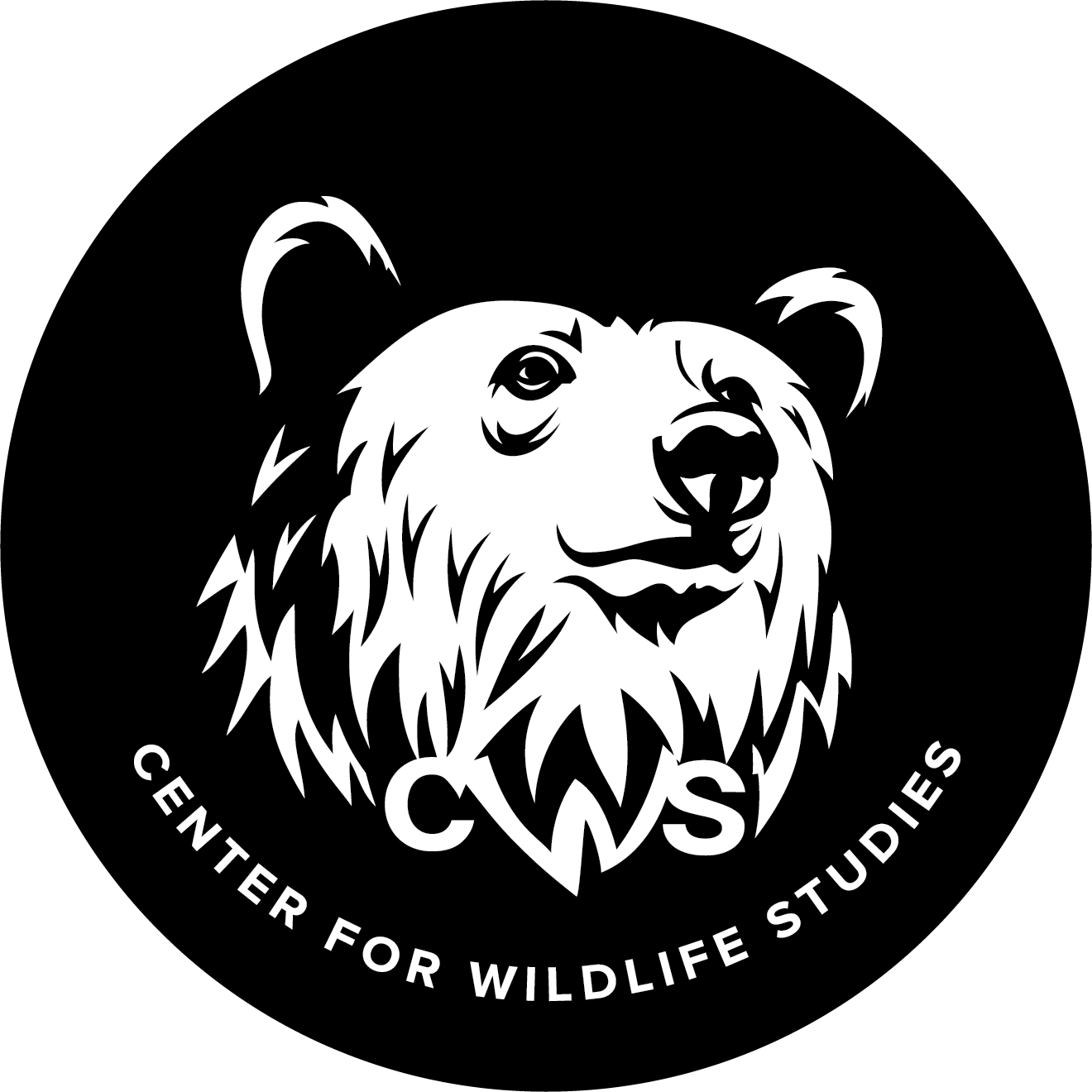Dr. Matthew Chatfield
Assistant Professor of Evolution & Eco-Health, University of Maine
PhD, Ecology & Evolutionary Biology, University of Michigan
Email: matthew.chatfield@maine.edu
Website: https://sbe.umaine.edu/matthew-chatfield/
Matt is a conservation biologist and herpetologist whose work is deeply motivated by the profound ecological changes impacting wildlife in our ecosystems, focusing on the population ecology of endangered wood turtle populations, the impacts of introduced pathogens on amphibians, and the restoration of the iconic American chestnut tree. He works with both undergraduate and graduate students as well as a variety of collaborators from state agencies to integrate field-based science and a coordinated conservation and restoration framework to address basic and applied problems in conservation biology. The majority of his recent work takes place in Maine, filling critical knowledge gaps to manage and conserve threatened species.
Matt received his PhD from the University of Michigan Department of Ecology and Evolutionary Biology where he studied salamander hybrid zone dynamics in light of historic climate change. Prior to moving to Maine, he served in many roles at Tulane University in Louisiana, including as a Post-doctoral Researcher and Visiting Assistant Professor in the Department of Ecology & Evolutionary Biology, where he studied ecological impacts stemming from amphibian disease, and as a Research Assistant Professor at the Tulane-Xavier Center for Bioenvironmental Research, where he worked on coastal restoration science and policy.
Most recently, Matt was a faculty member in the School of Biodiversity Conservation at Unity College in Maine where conducted research with dozens of undergraduate students and taught a variety of courses, including Conservation Biology, Herpetology, Population & Community Ecology, Evolution, and upper-level seminar classes. For this work, he received many teaching awards and honors; most recently, the 2018 Maine Campus Compact Donald Harward Faculty Award for Service-Learning Excellence. He is excited to bring his experience with student-focused research and experiential teaching to CWS.
-
Scent Detection Dogs in Conservation Research
Sea Turtle Biology and Conservation
Essentials of Conservation Biology
Field Herpetology
Professional Development in Wildlife Science & Management
-
Enbody ED, Boersma J, Johns JA, Chatfield MWH, Ketaloya S, Baldassarre DT, Hazlehurst J, McGowen O, Schwabl H, Karubian J (2019) Social organization and breeding biology of the white-shouldered fairy-wren Malurus alboscapulatus. EMU–Austral Ornithology 119:274-285.
Brannelly LA, Chatfield MWH, Sonn J, Robak M, Richards-Zawacki CL (2018) Fungal infection has sublethal effects in a lowland subtropical amphibian population. BMC Ecology 18:34.
Drabeck DH, Chatfield MWH, Richards-Zawacki CL (2014) The status of Louisiana’s diamondback terrapin (Malaclemys terrapin) populations in the wake of the Deepwater Horizon oil spill: Insights from population genetic and contaminant analyses. Journal of Herpetology 48:125-136.
Brannelly LA, Chatfield MWH, Richards-Zawacki CL (2013) Visual implant elastomer tags are an unreliable method of identification in adult anurans. Herpetological Journal 23:125-129.
Chatfield MWH, Brannelly LA, Robak MJ, Freeborn L, Lailvaux SP, Richards-Zawacki CL (2013) Sublethal fitness consequences of infection by Batrachochytrium dendrobatidis in northern leopard frogs (Lithobates pipiens). EcoHealth 10:90-98.
McMahon TA, Brannelly LA, Chatfield MWH, Johnson PTJ, Joseph MB, McKenzie VJ, Richards-Zawacki CL, Vesesky MD, Rohr JR (2013) Chytrid fungus Batrachochytrium dendrobatidis has non-amphibian hosts and releases chemicals that cause pathology in the absence of infection. Proceedings of the National Academy of Sciences 110:210-215.
Chatfield MWH, Moler P, Richards-Zawacki CL (2012) The amphibian chytrid fungus, Batrachochytrium dendrobatidis, in fully aquatic salamanders from southeastern North America. PLoS One 7:e44821.
Brannelly LA, Chatfield MWH, Richards-Zawacki CL (2012) Field and laboratory studies of the susceptibility of the green treefrog (Hyla cinerea) to Batrachochytrium dendrobatidis infection. PLoS One 6:e38473.
Chatfield MWH, Richards-Zawacki CL (2011) Elevated temperature as a treatment for Batrachochytrium dendrobatidis infection in captive frogs. Diseases of Aquatic Organisms 94:235-238.
Chatfield MWH, Kozak KH, Fitzpatrick BM, Tucker PK (2010) Differential introgression in a salamander hybrid zone: inferences from genetic data and ecological niche modeling. Molecular Ecology 19:4265-4282.
Chatfield MWH, Rothermel BB, Brooks C, Kay J (2009) Detection of Batrachochytrium dendrobatidis in amphibians from the Great Smoky Mountains of North Carolina and Tennessee, USA. Herpetological Review 40:176-179.
Semlitsch RD, Ryan TJ, Hamed K, Chatfield M, Drehman B, Pekarek N, Spath M, Watland A (2007) Salamander abundance along road edges and within abandoned logging roads in Appalachian forests. Conservation Biology 21:159-167.


